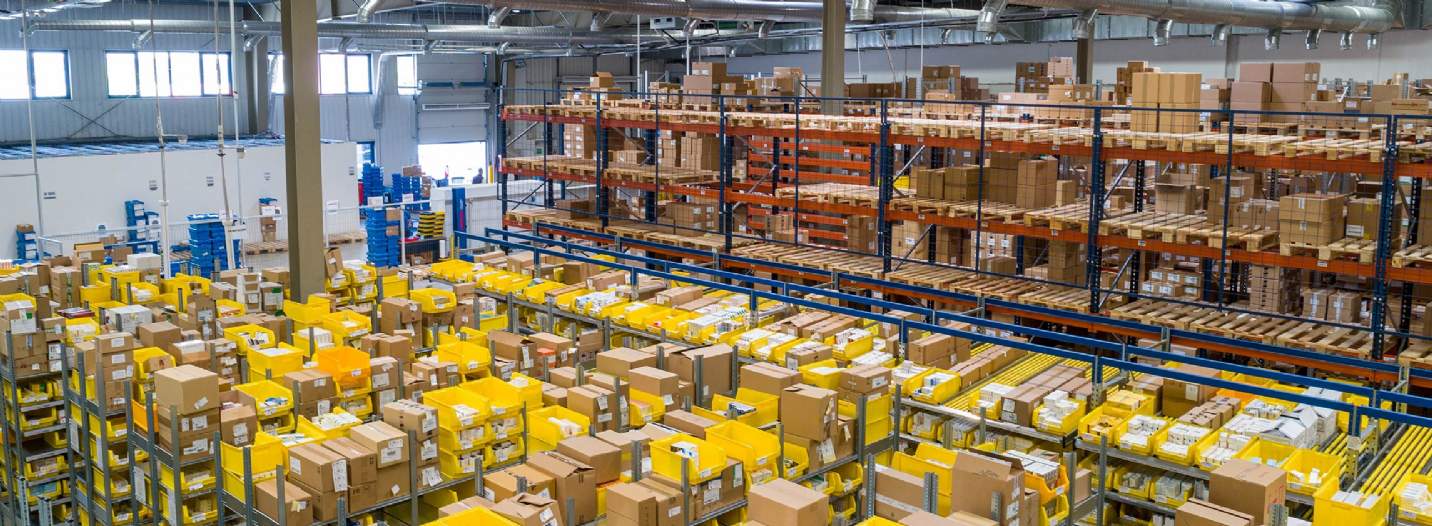It is clear that pricing has started to change in some segments, with sectors (retail warehouses, industrial and hotels) more advanced on their journey than others
Prime yields hold as all eyes turn to the election
Rishi Sunak has announced a general election for 4 July. While the period leading up to an election typically leads to a pause in transactional decisions in investment markets – where investors may adopt a cautious approach in the run-up to an election, leading to a temporary slowdown in market activity – there is a hope that a strong victory by one party will unlock a muted period for deals. However, it does appear that UK investment volumes have recovered from their nadir.
If we look at investment turnover on a quarter-by-quarter basis, we have quite clearly transitioned through the worst. Investment turnover in Q1 was 20% higher than the weakest quarter of last year. With regard to pricing, May saw yields holding, with the average prime yield remaining at 6.05% (with downward pressure on Hotels). Although, it is clear pricing has started to change in some segments, with an inward movement of 13 bps since the start of the year. Some sectors (retail warehouses, industrial and hotels) are more advanced on their journey than others.
The market is also seeing a continued bifurcation between prime and secondary assets. Investment activity is still being held back by both expectations of recovery and the hunt for ’distress’. One of the overriding themes this year is the increase in withdrawal of assets from sale. Ultimately, though, trading volumes need to increase before confidence is truly restored, and there will come a point in the next 12 months when the disconnect between buyers and sellers starts to decrease.
Realising the growth potential of our major UK cities
Over much of the last two decades, the UK has seen some of the lowest business investment of the OECD’s high-income countries. A key consequence of this has been a slow rate of productivity growth, almost half of the OECD average.
According to the London School of Economics, around half of UK business investment is in buildings, and much of the remaining investment is in businesses that need to be housed in buildings. The ability to develop is therefore fundamental to the UK’s economic prospects. But construction is made more risky and expensive in the UK compared to other countries by the unpredictability of the planning system, driven by a lack of joined-up, long-term decision-making.
To allow productive areas to grow, the UK needs:
- up-to-date local development plans that link infrastructure, employment and development;
- plans and decision-making at the right level – reflecting functional economic areas,
- decision-making processes that give investors confidence that major development and regeneration can be delivered.
We have looked at the growth potential of the UK Core cities and selected high-growth locations. According to Oxford Economics, these locations are forecast to see gross value added (GVA) economic growth of £50bn over the next ten years, adding more than 400,000 jobs to the UK economy.
However, our analysis of development pipelines in these locations shows that there is a strong risk that this growth potential won’t be fully realised due to a lack of new commercial and residential space. Without an appropriate range of incubators and follow-on space, startups that are attracting new investment will struggle to grow. And unless there is sufficient new housing, employers will struggle to find enough workers to fill positions in expanding companies.
While hybrid working is indeed influencing office space utilisation and leading to a re-evaluation of office design and function, the fundamental driver of office demand remains economic growth. Hybrid working has prompted companies to rethink how they use office space, often leading to more flexible, collaborative, and technologically integrated environments. Businesses are increasingly opting for adaptable layouts, hot-desking, and spaces that foster creativity and teamwork. However, these changes in office design and function do not negate the underlying economic factors that drive demand for office space.
As the economy strengthens, businesses typically expand, leading to increased hiring and the need for more office space. This expansion is evident across various sectors, where growing companies require physical spaces to support their operations, host meetings, foster company culture, and facilitate in-person collaboration. The physical office remains a crucial asset for companies to maintain productivity and operational efficiency, even as hybrid models evolve.
To further discuss the latest insights, please contact the UK Investment or Commercial Research team via the Authors panel
